When it comes to creating a cohesive and stylish dining room, one of the key factors to consider is the matching of your dining room table and cabinets. These two pieces of furniture are often the focal points of the room and can greatly impact the overall look and feel. But the question remains, does your dining room table really need to match your cabinets? Let's explore the do's and don'ts of coordinating these two essential pieces. Matching Dining Room Table and Cabinets: Do's and Don'ts
Coordinating your dining room table and cabinets doesn't necessarily mean that they have to be an exact match. In fact, a perfectly matching set can sometimes look too uniform and lack visual interest. Instead, focus on finding pieces that complement each other in terms of style, color, and finish. For example, if you have a dark wood dining table, consider pairing it with light or white cabinets for a beautiful contrast. How to Coordinate Your Dining Room Table and Cabinets
When it comes to choosing a dining room table that complements your cabinets, there are a few factors to keep in mind. First and foremost, consider the style of your cabinets. If you have traditional cabinets with intricate details and carvings, opt for a dining table with similar features. If your cabinets have a more modern and streamlined design, choose a table with clean lines and a sleek finish. Additionally, think about the shape and size of your dining room. A long and narrow room may benefit from a rectangular table, while a square or round table can work well in a smaller space. Keep in mind the number of people you typically entertain and choose a table size that can accommodate them comfortably. Tips for Choosing a Dining Room Table That Complements Your Cabinets
While it's not essential for your dining room table and cabinets to match perfectly, there are benefits to having them coordinate. Matching furniture can create a sense of harmony and balance in the room, making it feel cohesive and put-together. This can be especially important in open-concept spaces where the dining room is visible from other areas of the home. Moreover, having a unified look can make your dining room appear larger and more spacious. When furniture pieces are too contrasting, it can visually break up the room and make it feel cluttered. Matching your dining table and cabinets can help create a seamless and visually appealing space. The Importance of Matching Your Dining Room Table and Cabinets
There are a few ways to create a cohesive look with your dining room table and cabinets. One option is to choose pieces from the same furniture collection. This ensures that they have a similar design and finish, creating a cohesive and coordinated look. However, if you prefer a more eclectic style, you can mix and match different pieces as long as they complement each other in terms of style and color. Another way to achieve a cohesive look is through accessories and decor. Use table linens, centerpieces, and other decorative elements to tie the table and cabinets together. For example, if your cabinets have a blue undertone, incorporate blue accents on your dining table to create a visual connection. How to Create a Cohesive Look with Your Dining Room Table and Cabinets
When it comes to coordinating your dining room table and cabinets, it's all about finding the right balance between matching and contrasting. As mentioned earlier, perfectly matching pieces can look too uniform and lack visual interest. On the other hand, too much contrast can create a disjointed and cluttered look. Instead, aim for a harmonious balance between the two. This can be achieved by choosing pieces with similar styles but different finishes, or by incorporating complementary colors and patterns. Don't be afraid to mix and match, but make sure to keep a cohesive and balanced look in mind. Matching vs. Contrasting: Finding the Right Balance for Your Dining Room Table and Cabinets
The wood finish of your dining room table and cabinets is another important factor to consider when trying to create a coordinated look. While it's not necessary for the finishes to match exactly, they should complement each other to create a cohesive and visually appealing space. If you're unsure of which wood finish to choose, consider the undertones of your cabinets. For example, if your cabinets have a warm undertone, opt for a dining table with a similar warm finish. This will create a seamless and harmonious look in the room. Choosing the Right Wood Finish for Your Dining Room Table and Cabinets
Color plays a significant role in coordinating your dining room table and cabinets. As mentioned earlier, using complementary colors can help tie the two pieces together. But it's also important to consider the overall color scheme of the room and how the table and cabinets will fit into it. If your dining room has a neutral color palette, you can add a pop of color through your table or cabinets. On the other hand, if your room already has a bold color scheme, consider choosing a more subdued or complementary color for your dining table and cabinets. The Role of Color in Coordinating Your Dining Room Table and Cabinets
Who says your dining room table and cabinets have to be the same style? Mixing and matching different styles can add character and personality to your dining room. Just make sure that the styles complement each other and create a cohesive look. For example, a rustic dining table can look stunning when paired with modern cabinets, creating a beautiful contrast. Or, if you have a traditional dining table, consider incorporating a more contemporary element, such as sleek and modern chairs, for an interesting mix of styles. Incorporating Different Styles: Mixing and Matching Your Dining Room Table and Cabinets
Finally, let's discuss some common mistakes to avoid when trying to match your dining room table and cabinets. One of the biggest mistakes is trying to match everything perfectly. As mentioned earlier, this can create a too uniform and boring look. Another mistake is not considering the size and scale of your furniture. A small dining table may get lost and look out of place next to large and bulky cabinets. Make sure to choose pieces that are proportionate to each other and the size of your room. Finally, don't be afraid to experiment and try different combinations. While there are some guidelines to follow, ultimately, it's your personal style and taste that should guide your decisions. In conclusion, while your dining room table and cabinets don't necessarily have to match perfectly, it's important to consider coordinating them for a cohesive and stylish look. Use these tips to find the right balance between matching and contrasting, and don't be afraid to mix and match different styles and finishes. With a well-coordinated dining room, you'll have a beautiful and inviting space to enjoy meals and entertain guests. Common Mistakes to Avoid When Matching Your Dining Room Table and Cabinets
Why Cohesive Design Matters

The Importance of a Unified Aesthetic
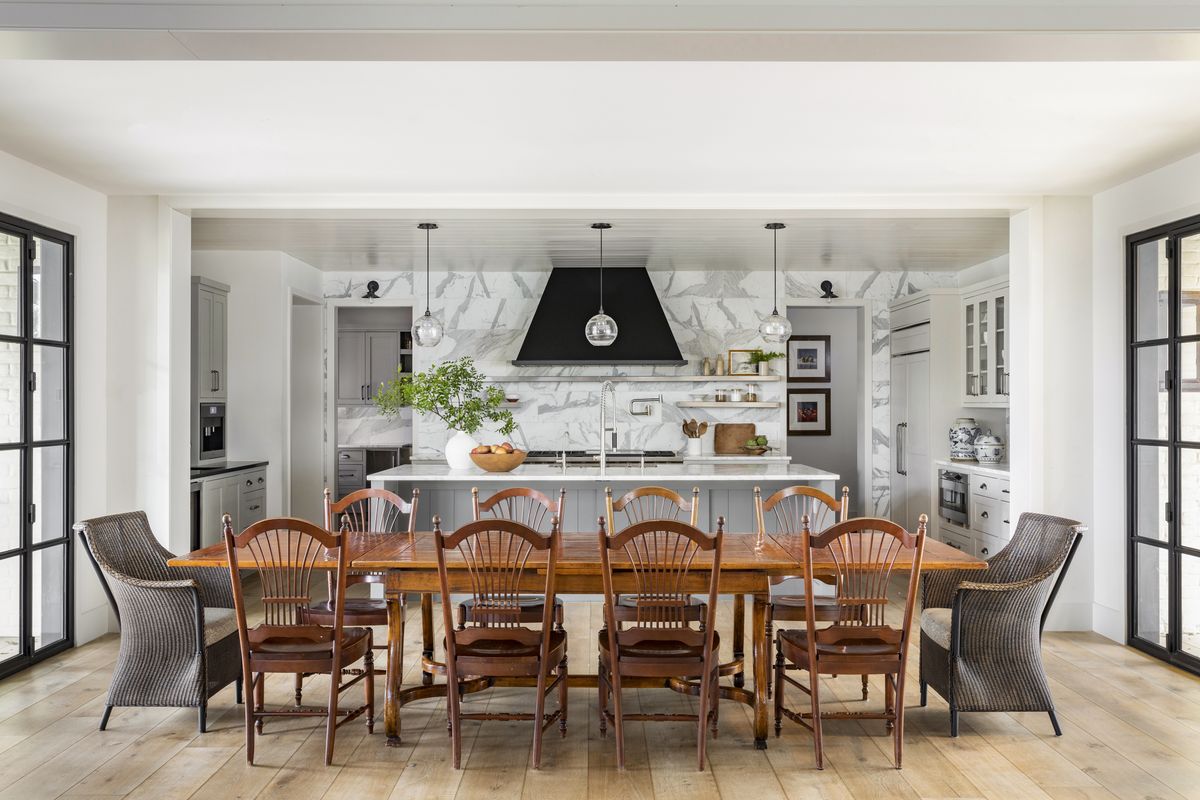 In the world of home design, the smallest details can make a big impact. From the color of the walls to the style of furniture, every element plays a role in creating a cohesive and inviting space. One important aspect that often gets overlooked is the coordination between the dining room table and cabinets. While some may argue that they don't need to match, there are several reasons why cohesive design matters.
Dining room tables and cabinets
are two major focal points in any dining room. They not only serve a functional purpose, but they also contribute to the overall aesthetic of the space. When these two elements are mismatched, it can create a jarring and disjointed look. Imagine walking into a dining room where the table is a dark wood and the cabinets are a light oak. The lack of coordination can be off-putting and take away from the overall design.
In the world of home design, the smallest details can make a big impact. From the color of the walls to the style of furniture, every element plays a role in creating a cohesive and inviting space. One important aspect that often gets overlooked is the coordination between the dining room table and cabinets. While some may argue that they don't need to match, there are several reasons why cohesive design matters.
Dining room tables and cabinets
are two major focal points in any dining room. They not only serve a functional purpose, but they also contribute to the overall aesthetic of the space. When these two elements are mismatched, it can create a jarring and disjointed look. Imagine walking into a dining room where the table is a dark wood and the cabinets are a light oak. The lack of coordination can be off-putting and take away from the overall design.
Creating Visual Harmony
 Matching dining room tables and cabinets
can help create a sense of visual harmony in the space. When the colors, materials, and styles of these two elements are aligned, it creates a cohesive and pleasing look. This is especially important in open concept homes, where the dining room may be visible from other areas of the house. A consistent design throughout the space can make it feel more put-together and polished.
In addition,
coordinating dining room tables and cabinets
can also help tie together the overall design of the house. If the rest of your home has a certain aesthetic, it's important to carry that into the dining room as well. This will create a sense of flow and continuity throughout the house, making it feel more cohesive and intentional.
Matching dining room tables and cabinets
can help create a sense of visual harmony in the space. When the colors, materials, and styles of these two elements are aligned, it creates a cohesive and pleasing look. This is especially important in open concept homes, where the dining room may be visible from other areas of the house. A consistent design throughout the space can make it feel more put-together and polished.
In addition,
coordinating dining room tables and cabinets
can also help tie together the overall design of the house. If the rest of your home has a certain aesthetic, it's important to carry that into the dining room as well. This will create a sense of flow and continuity throughout the house, making it feel more cohesive and intentional.
Maximizing Space and Functionality
 Another reason why
matching dining room tables and cabinets
is important is for practical reasons. When these two elements are coordinated, it allows for better use of space. For example, if your dining room is on the smaller side, having a table and cabinets that complement each other in terms of size and shape can make the room feel more open and spacious. It also allows for better functionality, as the cabinets can be used to store dishes and other dining essentials, while the table can be used for dining and entertaining purposes.
In conclusion, while it may not seem like a big deal,
coordinating dining room tables and cabinets
is an important aspect of home design. It not only contributes to the overall aesthetic of the space, but it also helps create visual harmony, ties together the design of the house, and maximizes space and functionality. So next time you're considering a dining room makeover, don't overlook the importance of matching these two key elements.
Another reason why
matching dining room tables and cabinets
is important is for practical reasons. When these two elements are coordinated, it allows for better use of space. For example, if your dining room is on the smaller side, having a table and cabinets that complement each other in terms of size and shape can make the room feel more open and spacious. It also allows for better functionality, as the cabinets can be used to store dishes and other dining essentials, while the table can be used for dining and entertaining purposes.
In conclusion, while it may not seem like a big deal,
coordinating dining room tables and cabinets
is an important aspect of home design. It not only contributes to the overall aesthetic of the space, but it also helps create visual harmony, ties together the design of the house, and maximizes space and functionality. So next time you're considering a dining room makeover, don't overlook the importance of matching these two key elements.










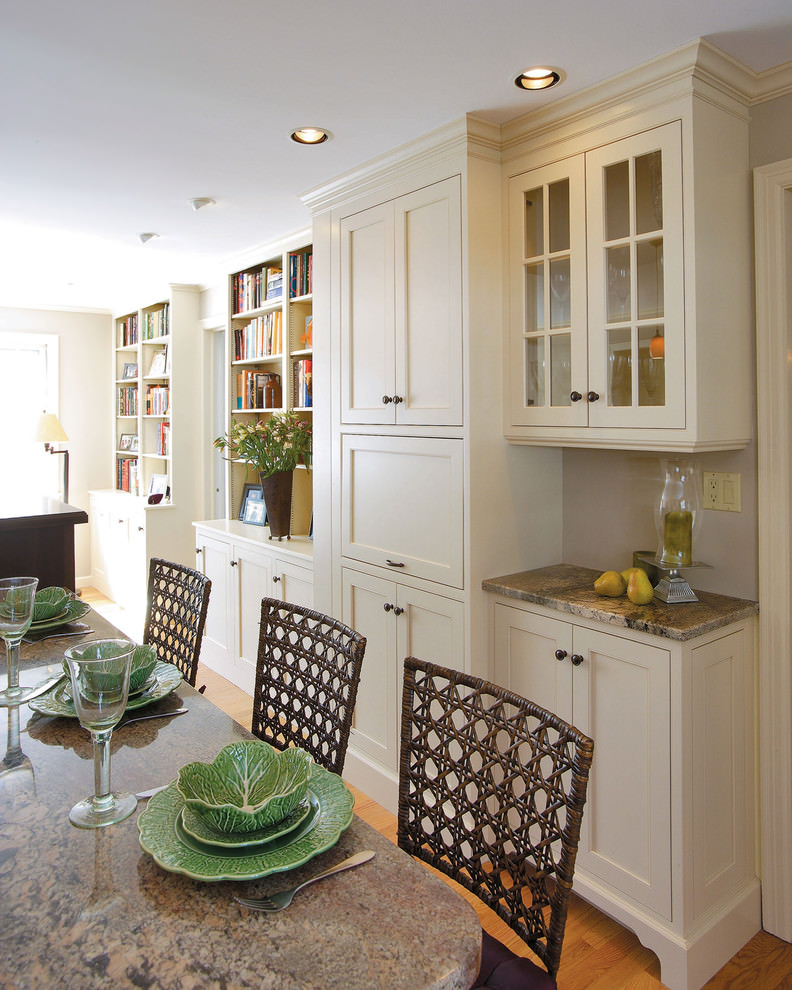









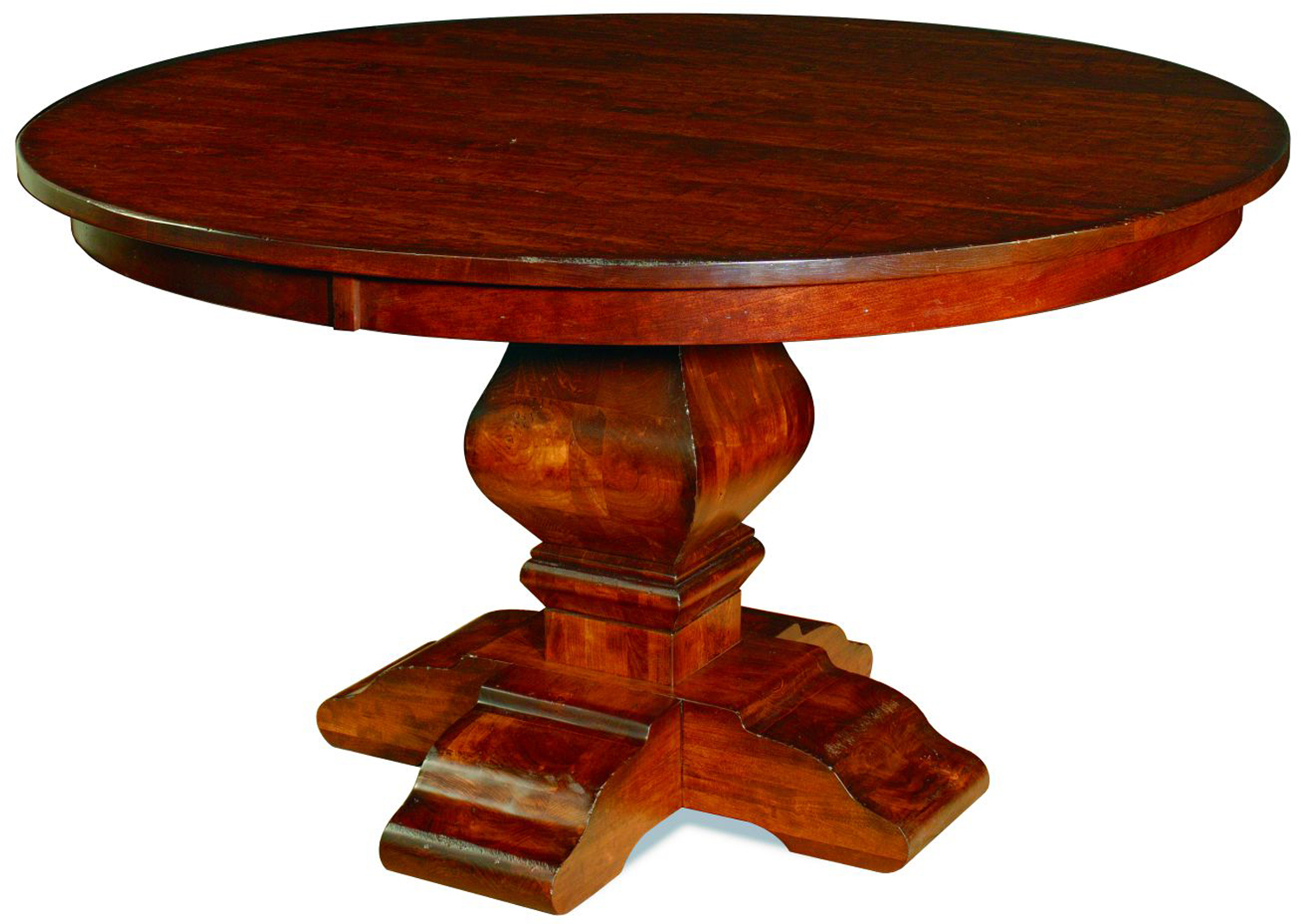












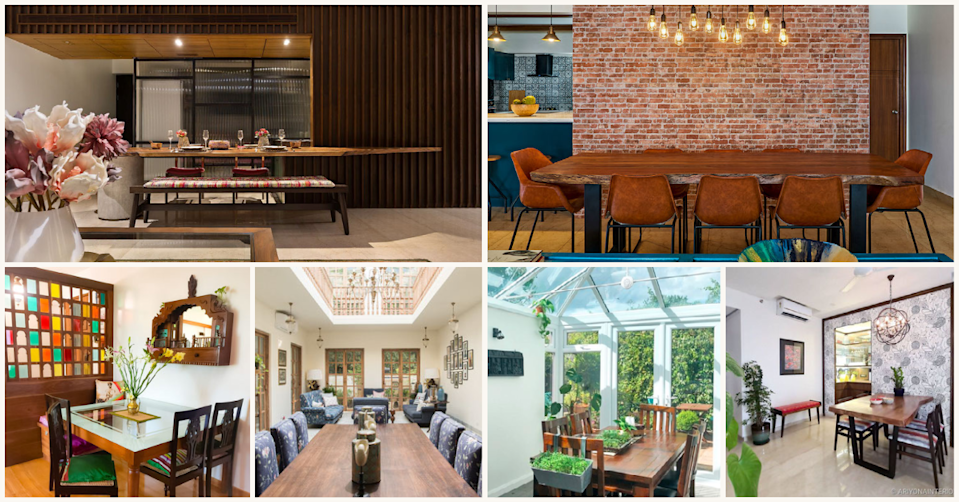







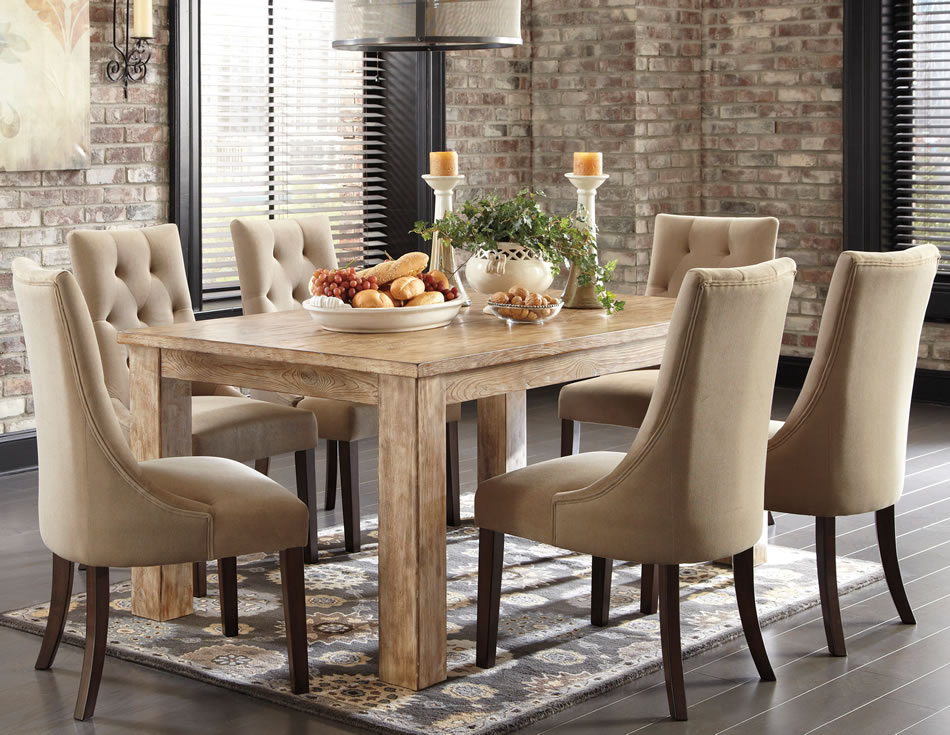






































:max_bytes(150000):strip_icc()/green-simple-kitchen-design-470d28a372d340268fbe0d48635c3750.jpg)
:max_bytes(150000):strip_icc()/Chuck-Schmidt-Getty-Images-56a5ae785f9b58b7d0ddfaf8.jpg)
:max_bytes(150000):strip_icc()/DesignbyEmilyHendersonDesignPhotographerbyZekeRuelas_30-ad51133a857343228a2c56f76a22825f.jpg)



